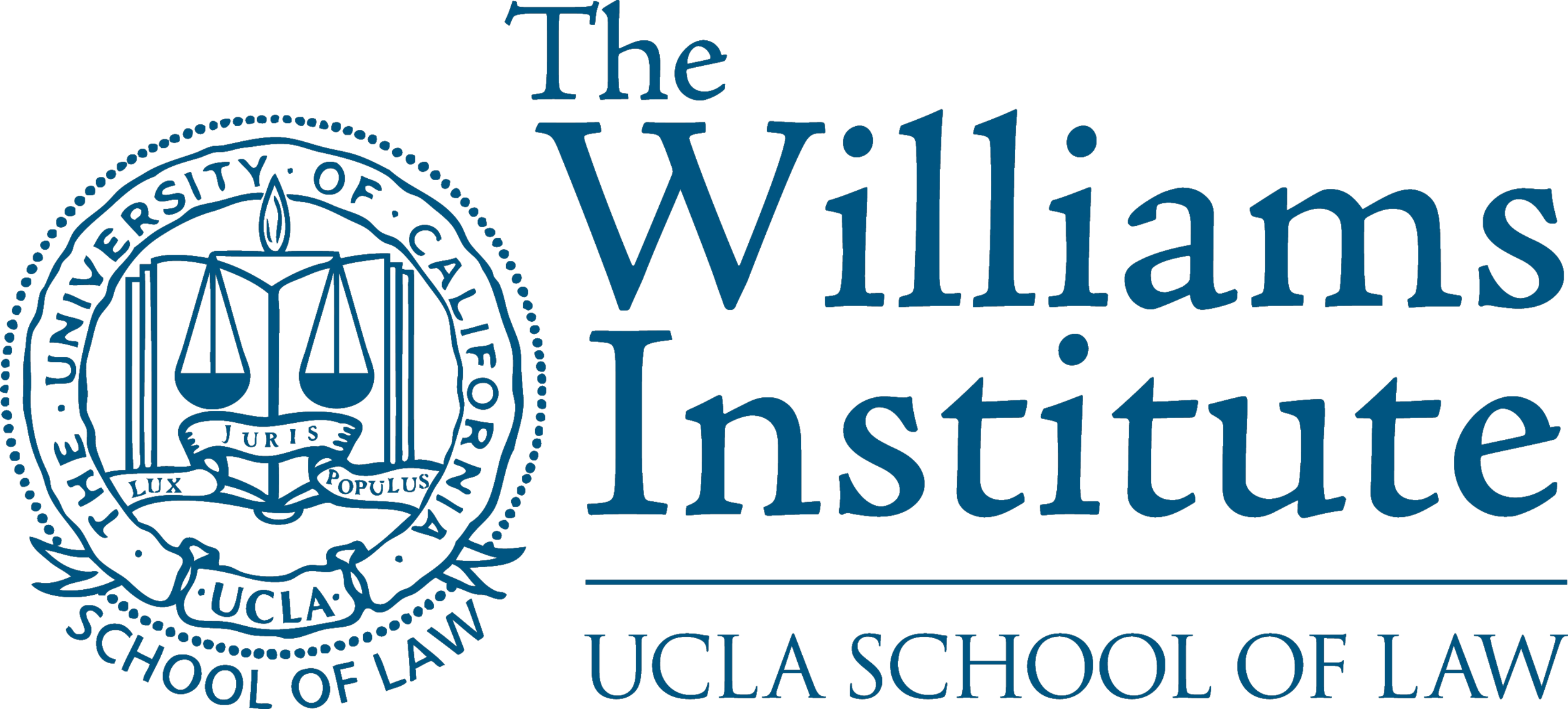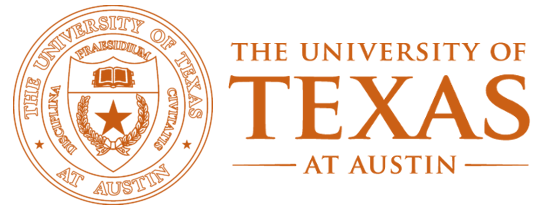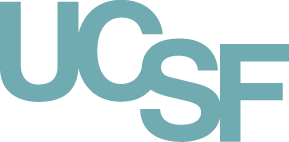Gallup
by Ilan H. Meyer
June 27, 2019
Until recently, researchers have struggled to answer what should be a simple question: How many Americans are lesbian, gay, bisexual or transgender (LGBT)?
Alfred Kinsey's prominent study of sexuality in men from the 1950s led to the often-quoted estimate that 10% of the U.S. population is gay or lesbian. Other significant milestones in estimating the population of gay Americans include Edward Laumann and colleagues' The Social Organization of Sexuality, published in 1994; Gary Gates' The Gay & Lesbian Atlas, published in 2004; and The Williams Institute at UCLA School of Law's 2011 estimate (also authored by Gates).
Since 2012, Gallup research has shown that the proportion of U.S. adults identifying as LGBT has increased from 3.5% in 2012 to 4.5% in 2017. The overall uptick is related to an increase in young people who identify as LGBT. Gallup asks, "Do you personally identify as lesbian, gay, bisexual or transgender?" People who answer yes are classified as LGBT.
But the matter of how to best inquire about sexual orientation and gender identity is far from settled. In 2016, together with a group of researchers, I started working with Gallup on two National Institutes of Health-funded studies: Generations, studying sexual minorities, and TransPop, studying gender minorities. To recruit separate sexual and gender minority groups, we had to begin to unpack the LGBT category that Gallup had been collecting data on. Typically, sexual and gender minority statuses are assessed separately, and we wondered how Gallup's single LGBT question compared.
For the full article click here








